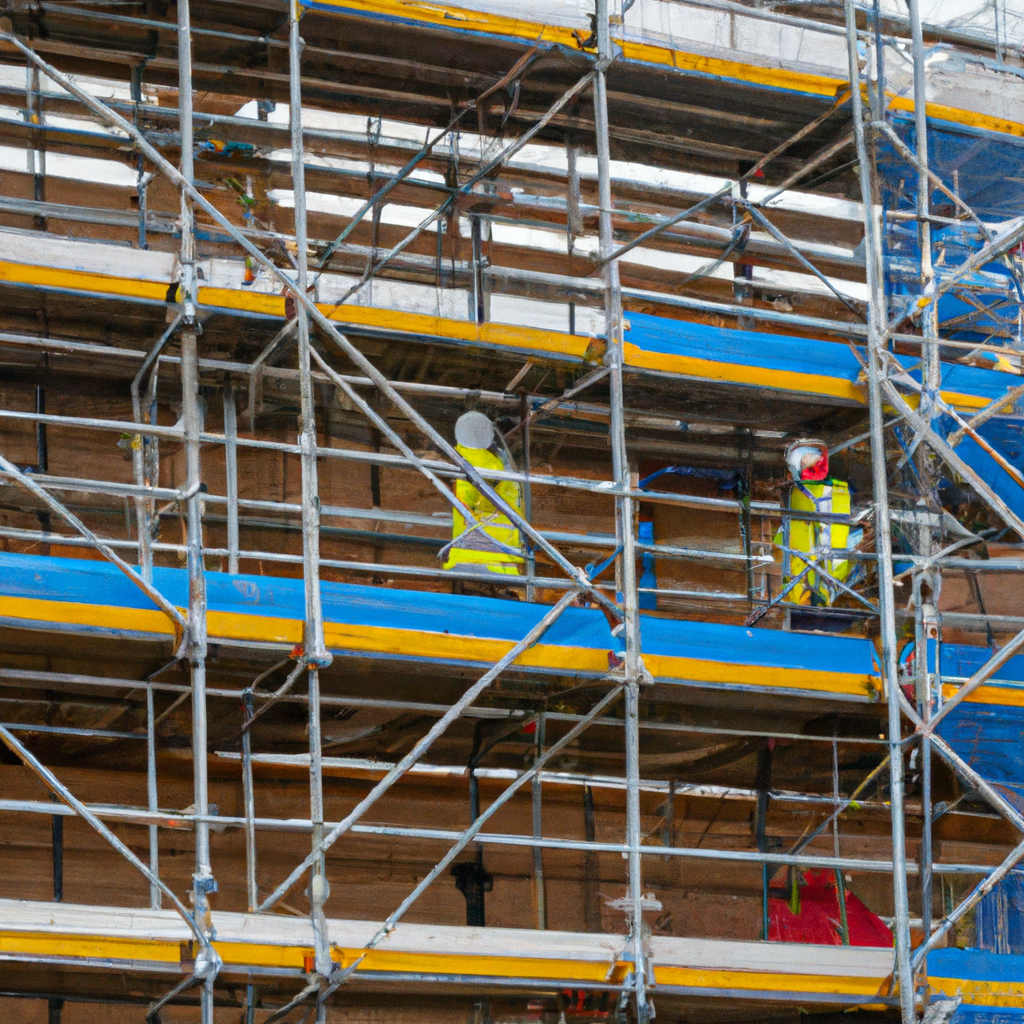When it comes to scaffolding design and installation, challenges can arise that require innovative solutions. It is crucial to break free from traditional methods and embrace new approaches that can overcome these obstacles. In this article, we will explore the various challenges faced in scaffolding and provide expert insights on how to tackle them effectively. Our aim is to provide you with the knowledge and strategies necessary to excel in the field of scaffolding design and installation.

Understanding the Importance of Proper Scaffolding Design
Before delving into the challenges, it is essential to understand why proper scaffolding design is crucial. Scaffolding serves as a temporary structure that supports workers and materials during construction or maintenance projects. A well-designed scaffolding system ensures the safety and efficiency of the workforce, ultimately leading to successful project completion.
Ensuring Structural Integrity: The Foundation of Safety
Structural integrity is the foundation of any scaffolding system. One of the significant challenges faced in scaffolding design is ensuring the stability and strength of the structure. Factors such as load capacity, materials used, and environmental conditions all play a crucial role in determining the structural integrity of scaffolding.
To overcome this challenge, it is essential to conduct a thorough analysis of the project requirements, including the anticipated load, duration, and environmental conditions. By carefully assessing these factors, engineers can design scaffolding systems that meet the specific needs of the project, ensuring the safety of the workers.
Adapting to Complex Architectural Structures
Another challenge in scaffolding design is adapting to complex architectural structures. Modern construction projects often involve intricate designs with irregular shapes and varying heights. Traditional scaffolding methods may not be suitable for these structures, necessitating innovative approaches.
To overcome this challenge, engineers and designers must employ advanced techniques such as modular scaffolding systems and customized components. These solutions allow for greater flexibility and adaptability, ensuring that scaffolding can be efficiently installed even in complex architectural settings.
Overcoming Challenges in Scaffolding Installation
While proper design lays the foundation for a successful scaffolding project, challenges can still arise during the installation phase. Let’s explore some common obstacles and the strategies to overcome them.
Limited Accessibility: Reaching New Heights
One of the challenges faced during scaffolding installation is limited accessibility. When working on tall structures or confined spaces, it can be challenging to reach the desired height safely and efficiently. Traditional ladders or lifts may not provide the necessary access, leading to delays and increased safety risks.
To overcome this challenge, alternative access solutions such as mast climbers, suspended scaffolds, or mobile elevating work platforms (MEWPs) can be utilized. These methods offer improved access to height-restricted areas, ensuring efficient installation and reducing the potential for accidents.
Site Constraints: Working with Limited Space
Another common challenge is working with limited space on construction sites. Scaffolding installation requires careful planning and coordination to optimize the available area while maintaining worker safety.
To overcome this challenge, engineers can employ compact scaffolding systems that utilize minimal space without compromising safety and functionality. Additionally, modular scaffolding components can be used to create customized solutions that fit within the constraints of the site.
Conclusion
In conclusion, overcoming challenges in scaffolding design and installation requires a combination of innovative thinking, advanced techniques, and a thorough understanding of project requirements. By prioritizing structural integrity, adapting to complex architectural structures, and addressing installation obstacles, scaffolding professionals can excel in their field.
Remember, a successful scaffolding project begins with proper design and continues with effective installation strategies. By breaking the mold and embracing new approaches, you can overcome the challenges faced in scaffolding and ensure the safety and efficiency of your projects. With the knowledge gained from this article, we are confident that you will be well-equipped to excel in the world of scaffolding design and installation.


